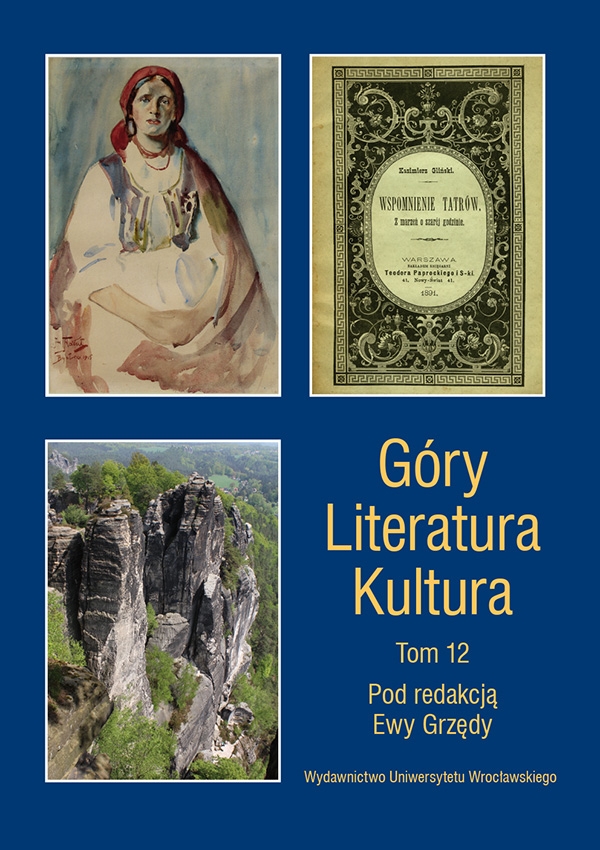

Artykuły i rozprawy

Michał Andrzejkowicz-Butowt’s discovery of the Caucasus Mountains
Among Polish exiles who became fascinated with the Caucasus and explored them was Michał Andrzejkowicz-Butowt ca 1816–1860, a graduate of the University of Vilnius. He spent as much as 18 years in the Caucasus, which enabled him to thoroughly explore this mountainous region especially its Georgian and Dagestan parts. His forced stay in the region resulted in the two-volume Szkice Kaukazu Caucasus sketches Warsaw 1859, an excerpt from which was published in the 1840s in the Athenaeum magazine by J.I. Kraszewski. Apart from this work, the only surviving writings of Butowt are his letters from the 1840s and 1850s written to Kraszewski and kept in the Jagiellonian Library 5 letters.
Andrzejkowicz travelled for about 2,500 kilometres in the Caucasus. His Szkice reveal the author’s great fascination with mountain landscapes of Georgia, Azerbaijan and Dagestan. The several years spent in Shura in the 1840s and participation in military expeditions organised there enabled him to explore and describe in detail the highland wilderness of Dagestan and Chechnya. The Sketches document an interesting oronymic initiative by Andrzejkowicz: he gave the name of “new Olympus” to Mount Achymer Russian Анчимер above the village of Andi in western Dagestan today probably Mount Bakhargan in the Andean Ridge near the border with Chechnya.
Like other Caucasian exiles e.g. Gralewski, the author of the Szkice Kaukazu saw the need for a precise, scientific, rational and cataloguing description of the Caucasus Mountains. The research was to be a continuation of the work of the scholar Jan Potocki, a pioneer of Polish research in this region of the world. Andrzejkowicz’s work reveals the scholarly aspirations of Polish Caucasian Romanticism and is an important contribution to the development of Polish Caucasian studies.